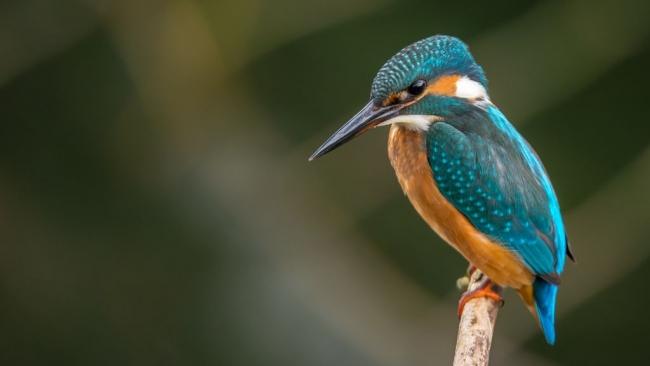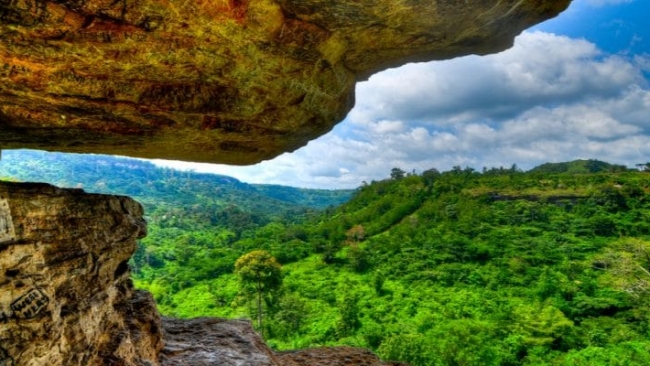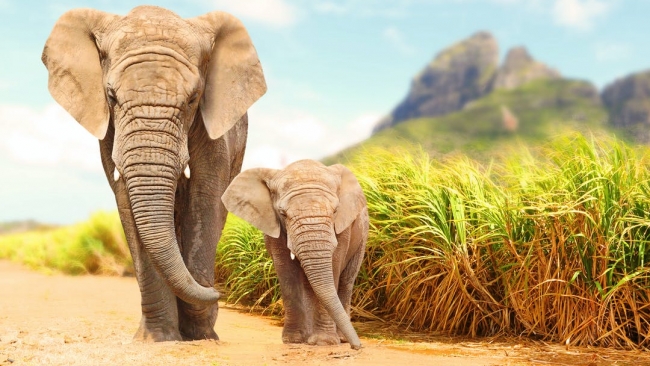Is Rewilding The Conservation Strategy We Need To Restore Biodiversity?

During the COVID-19 pandemic-imposed lockdowns, reports of air quality improvements in certain locations gave many of us the wrong impression that we have somehow been able to mitigate the effects of global warming. However, experts from the United Nations Environment Programme (UNEP) analyzed atmospheric and ice core concentrations of carbon dioxide finding an increase in levels showing that the reduced industrial activity and air travel have hardly had any impact and our pollution levels are continuing to drive the animal and plant species to mass extinction and degrading the soil fertility at a speeding rate.
For instance, in April, the average concentration of carbon dioxide was 416.21 parts per million (ppm), the highest since records first began in Hawaii in 1958 with ice core measurements indicating that such levels have not been recorded in the past 800,000 years.
In a recent scientific paper, researchers have predicted that our planet is headed for a ‘ghastly future’ and unless drastic and effective action is taken to reverse the effects of climate change and ecological degradation, we will lose our ‘entire biosphere and all its lifeforms’ including our own existence coming under threat.
Listing four steps that each of us can take, a research paper led by the University of Oxford has separated them into four ‘Rs’, one of which is to invest in renewing and revitalizing the natural world. And here’s where we will discuss rewilding and how can this strategy help restore our biodiversity and strengthen our conservation efforts.
Read more at green queenSource: green queen
Tue 29 Jun 2021 at 10:15



.jpg)
.jpg)
.jpg)